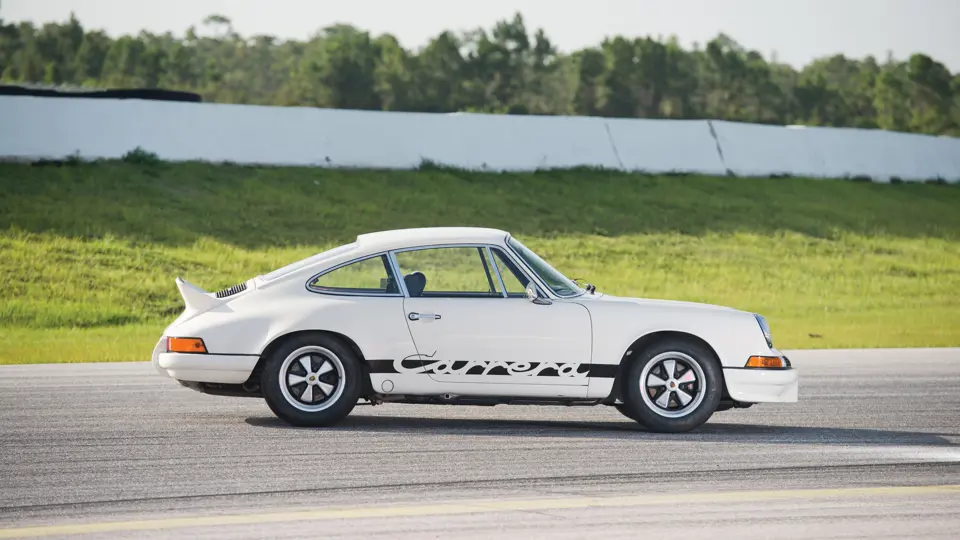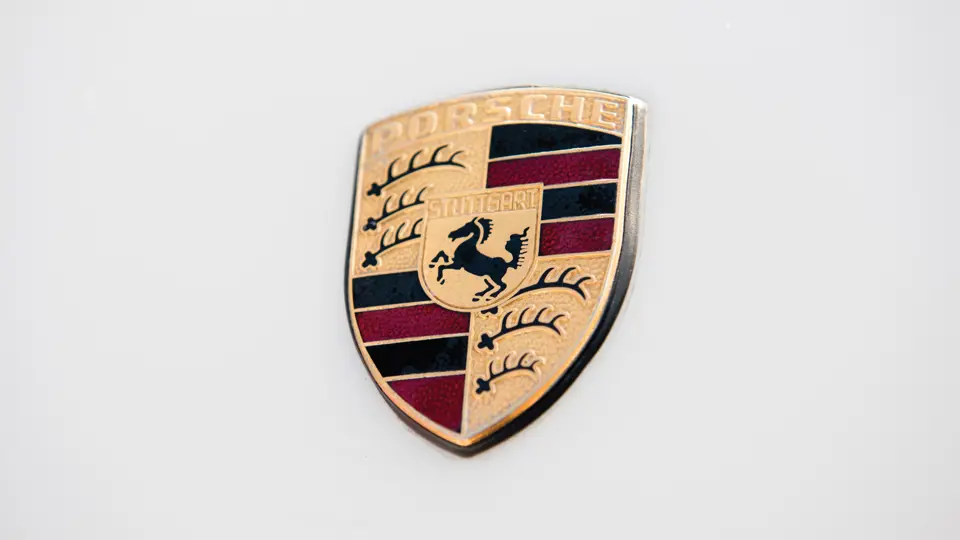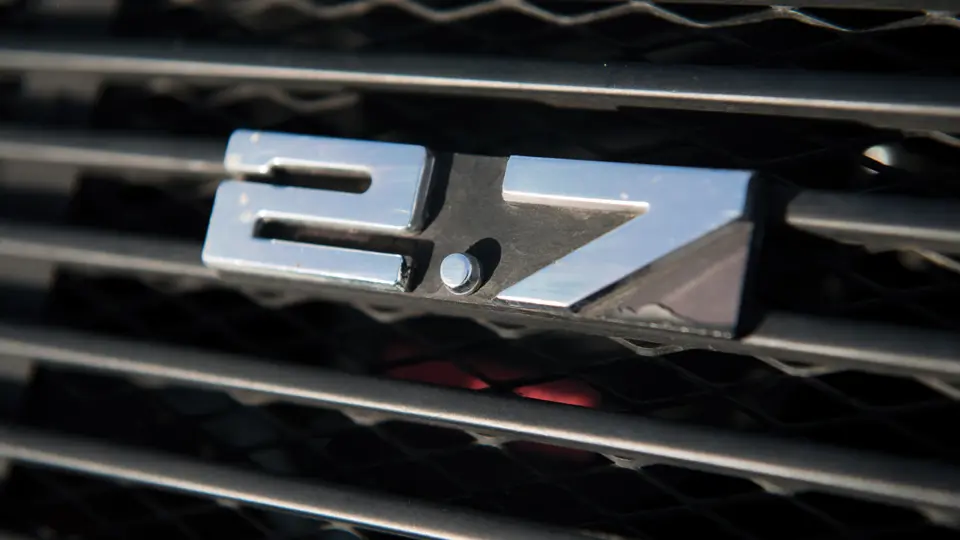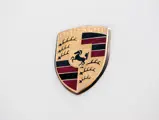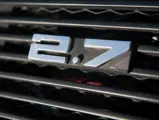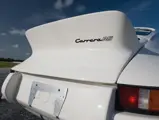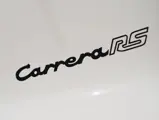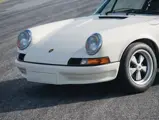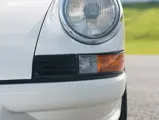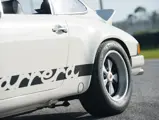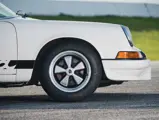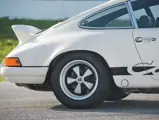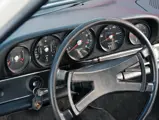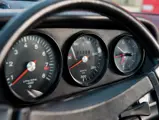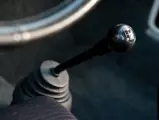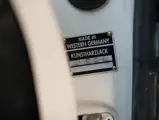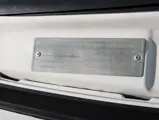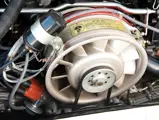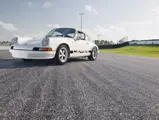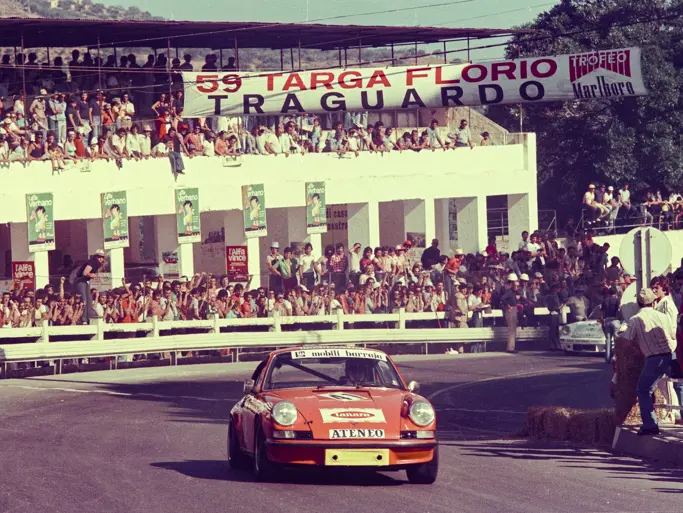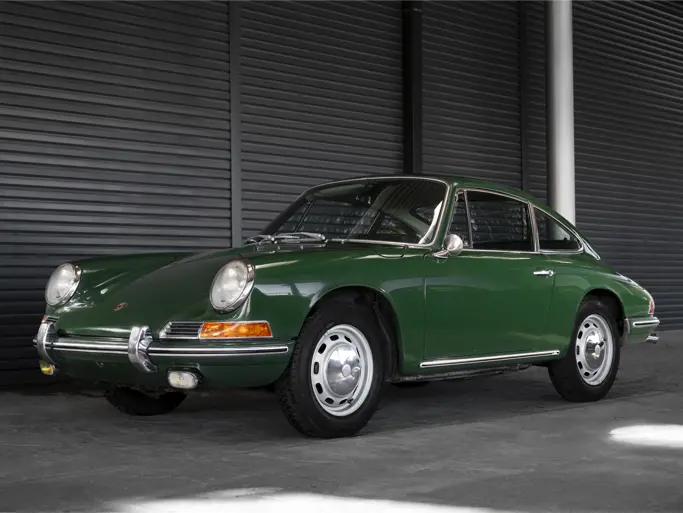210 hp, 2,687 cc rear-mounted SOHC boxer six-cylinder engine with Bosch mechanical fuel injection, five-speed manual transmission, independent front suspension with torsion bars, McPherson struts, and anti-roll bar, independent rear suspension with trailing arms, torsion bars, tubular shock absorbers, and anti-roll bar, and four-wheel disc brakes. Wheelbase: 89.4 in.
With the end of the 917 era, Porsche sought another competitive venue, choosing the FIA’s Appendix J, Groups 4 and 5 categories, which were based on production sports cars. To qualify its new 911 RSR in Group 5, it needed to build and sell a minimum quantity of specially modified 911s within a 12-month period to form the basis for the RSR. Thus, the Carrera RS, or Renn (Race) Sport, was created—a “Homologation Special” in the truest sense. Porsche set up an initial production run of 500 units to meet the FIA’s requirements for the 1973 GT Championship season. That first-series total would comprise four RSH prototype coupes, with 61 examples of Option M471 Sport, which was commonly called the “Lightweight,” and 435 of Option M472, the Touring version. Once that total was achieved, Porsche’s ferocious M491 RSR would be approved for competition.
It is said that Porsche management had only planned to build the bare minimum required, as it doubted that any more could be sold at a considerable base asking price of 33,000 Deutschmarks, but the company was pleasantly surprised when orders for the first batch were snapped up immediately after the car’s unveiling at the 1972 Paris Auto Show. Another 500-unit run was quickly approved, with the list price increased by another 1,000 Deutschmarks. The production line kept filling orders, and the entire series eventually totaled 1,580 examples, with 17 “H” versions, 200 Sport versions, 1,308 Touring versions, and 55 RSRs.
The first batch of 500s saw both the RS Sport and RS Touring share lighter-gauge steel roof and door panels, and the Sports mounted thinner Glaverbel glass all around, which saved quite a bit of weight. The first RS Touring Coupes made do with just the thinner windshields, although a few received the full set. On the second and third series of cars, most of the lightweights, but not all, had the thinner Glaverbel glass, while the Touring models had the standard 911 glass, again with a few exceptions. Both models also shared extensive use of fiberglass for the front and rear bumpers, front chin spoiler, and engine lid, with its iconic ducktail, or burzel, which was added to improve the car’s road-holding at speed. To further reduce weight, the RS Sport also left the assembly line without undercoating, rear seats, carpeting, insulation, a passenger-side sunvisor, a clock, glove box lids, and hood and engine cover latch assemblies. The door cards were flat, simple panels with pull straps, lacking storage bins and map pockets. All this dieting brought the Sport version down to a fighting weight of 960 kilograms, barely 2,100 pounds. The more frequently seen Touring version was much more civilized and closer to the 911 S in body specification, retaining many parts suitable for normal motoring. They scaled 1,075 kilograms, or 2,370 pounds, which was still quite light for a semi-civilized road machine. A small number were sold with electric sunroofs, which added a few more pounds.
While the standard 1973 911 was fitted with a 2.4-liter flat six, the RS received larger, 90-millimeter pistons and nikasil-coated cylinders, bolted to standard forged 911 S connecting rods and a forged 78.4-millimeter crankshaft within a magnesium alloy engine case. Displacement was thus increased to 2,681 cubic centimeters. With 8.5:1 compression and Bosch mechanical fuel injection, this Type 911/83 engine produced a healthy 210 horsepower at 6,300 rpm and 202 foot-pounds of torque at 5,100 rpm. This gave the RS quite stunning performance at a time when even the standard 2.4 911 S could walk away from most of its competition. Contemporary road tests credited the RS with a 5.5 second time for 0–60 sprints and a maximum speed of almost 150 mph.
With its unique, welded-on fender flares, the Carrera RS could accommodate six- and seven-inch wide 15-inch forged Fuchs light-alloy wheels. A glimpse underneath the chassis would reveal aluminum front brake calipers and upgraded suspension components, which included reinforced rear trailing arms and torsion bar tubes. Most Carrera RS Coupes left the factory wearing 131 Light Ivory paint, but other colors were also available, including red, black, green, orange, and a few in “paint-to-order” hues. Although it could be deleted, most came with “Carrera” lettering in contrasting positive or negative script along the lower body, a smaller Porsche appliqué across the engine lid, and either a decal or special Carrera RS badge attached to the ducktail. Wheel centers were painted to match either the body color or the contrasting trim.
Offered here is a beautiful and rare M472 Touring model. The factory-issued Certificate of Authenticity notes that this automobile was equipped for Italian delivery, and it left the factory in Light Ivory paint with a black leatherette interior, the color scheme it retains today. It was fitted with optional headrests, an additional rear apron, and Dunlop tires. The standard reference volume Carrera RS, by Thomas Gruber and Georg Konradsheim, states that 1222 eventually became part of a collection in Mexico before coming to the United States.
The current owner states that this example is in excellent cosmetic condition, with a straight body, perfect door gaps, excellent paint, glass, rubber and deco trim, and like-new lamps and lenses. It retains its original orange-bar hood crest. The window-surround brightwork is unmarked. The Fuchs wheels are properly finished. The interior is described as mostly original and well-preserved, with an excellent headliner, carpeting, and interior trim; the Recaro Touring sport seats are correct to this model. The leather-wrapped, smaller diameter RS steering wheel appears as new, and the dashboard is very good, with all instruments, including its original European-specification 300 km/h speedometer, working properly. The trunk compartment is likewise clean and correctly trimmed, and it includes a correct space-saver spare tire and wheel. The engine compartment presents a right-from-the factory look that is clean and derailed, with all correct cadmium-plating intact. The engine has been upgraded with later Carrera oil-fed chain tensioners. This outstanding, well-sorted example of an early RS Touring is offered with a correct tool kit, manuals, and a factory-issued Certificate of Authenticity.
The 1973 911 Carrera RS Coupe is among the most sought-after versions of Porsche’s evergreen sports car, and it is the one that is most copied by marque enthusiasts. It is so widely admired that there are far more replicas than the real deal. The 2.7 RS is one of the most exciting and satisfying sports cars ever to emerge from Zuffenhausen, offering tremendous, over-the-road performance and an engaging personality.




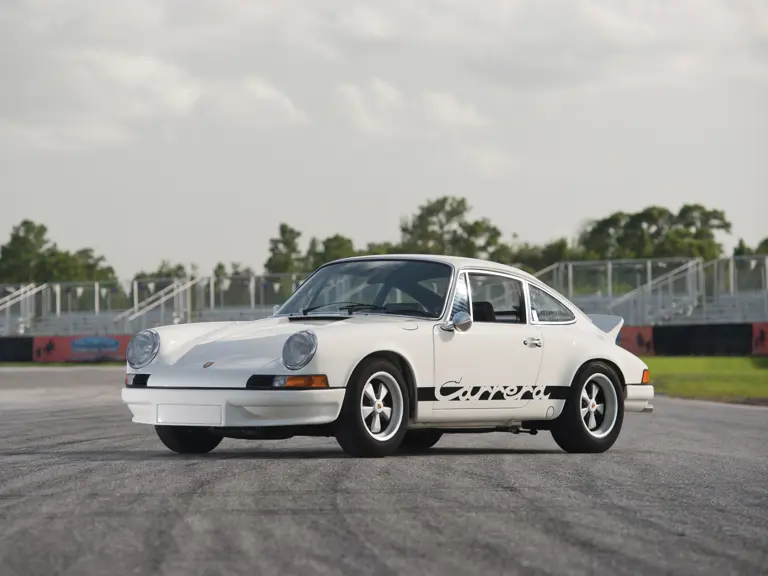

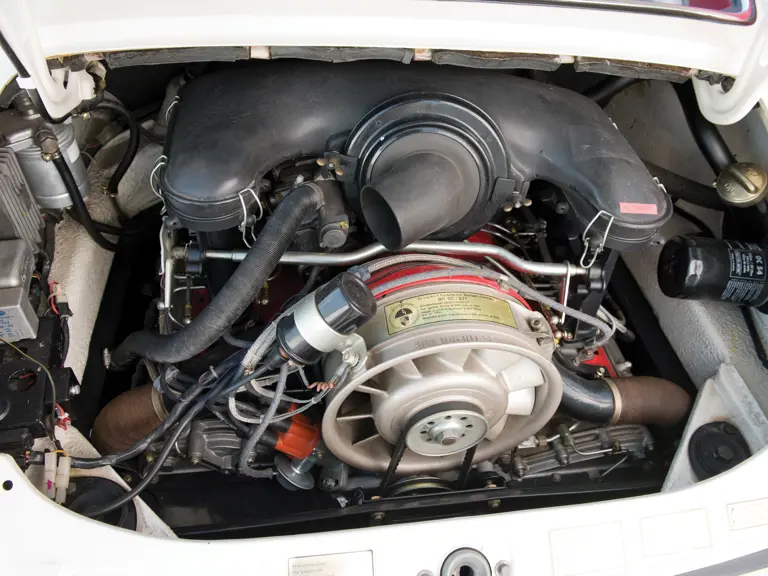
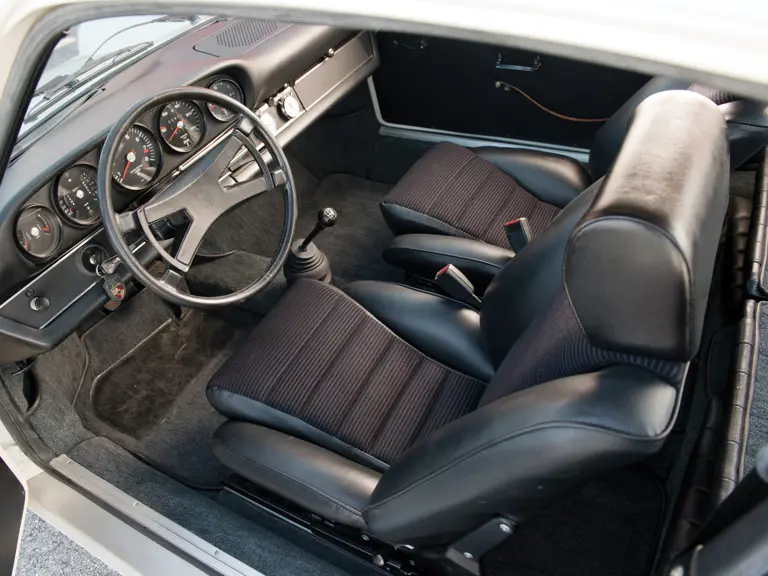

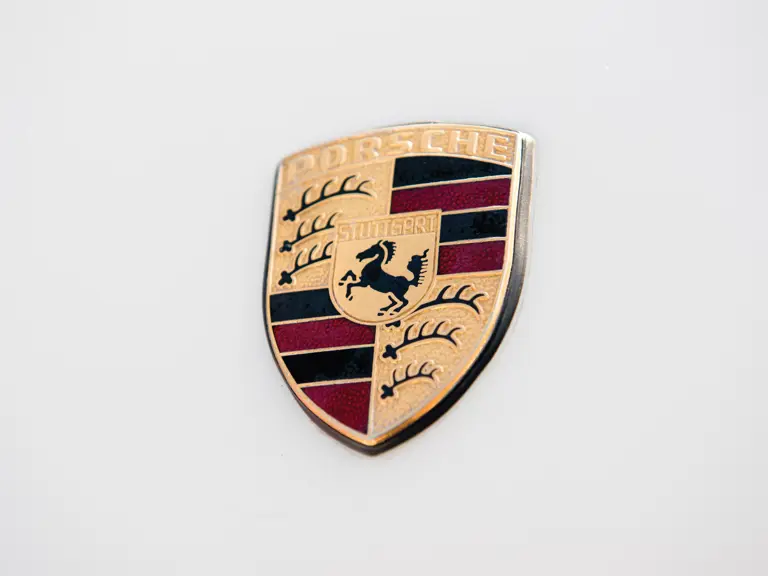
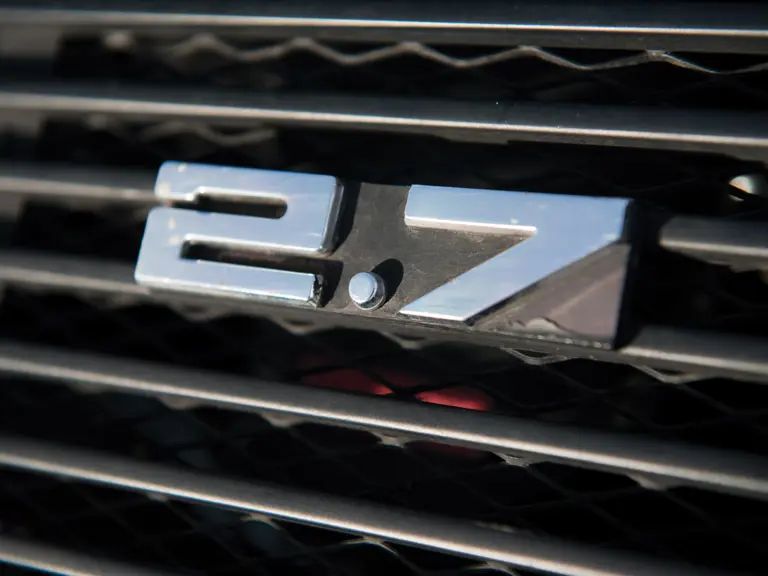
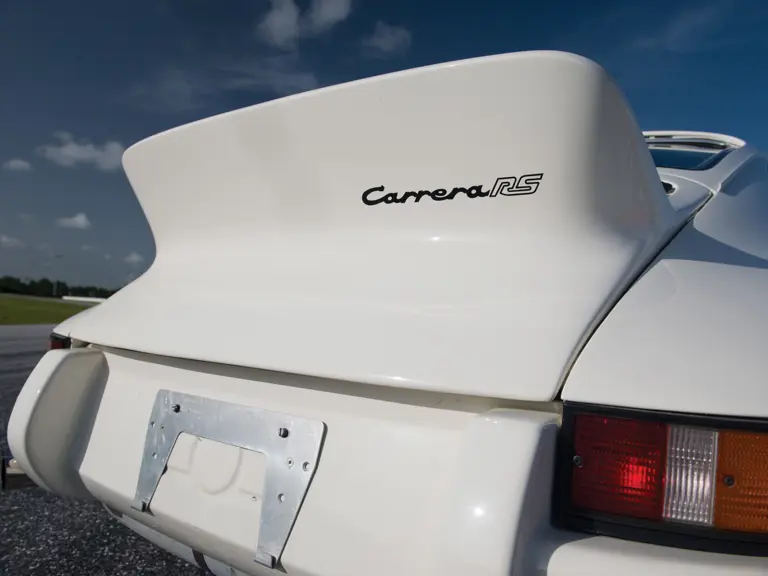
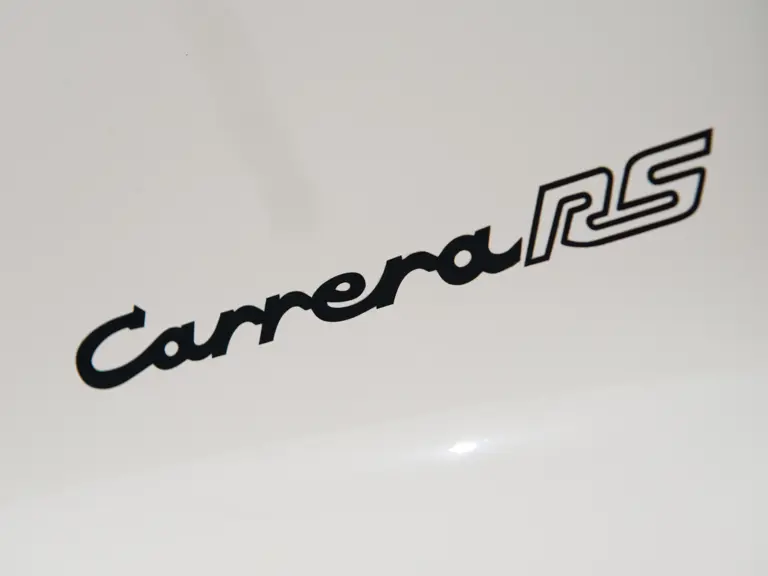





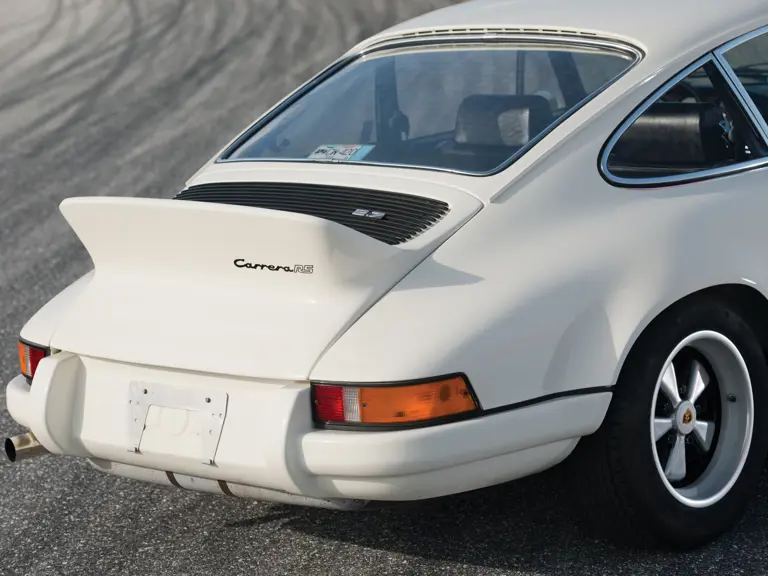
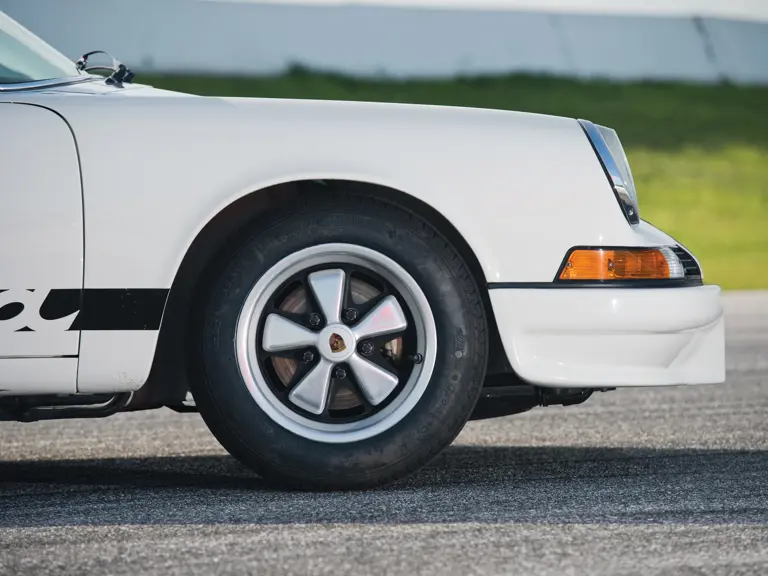
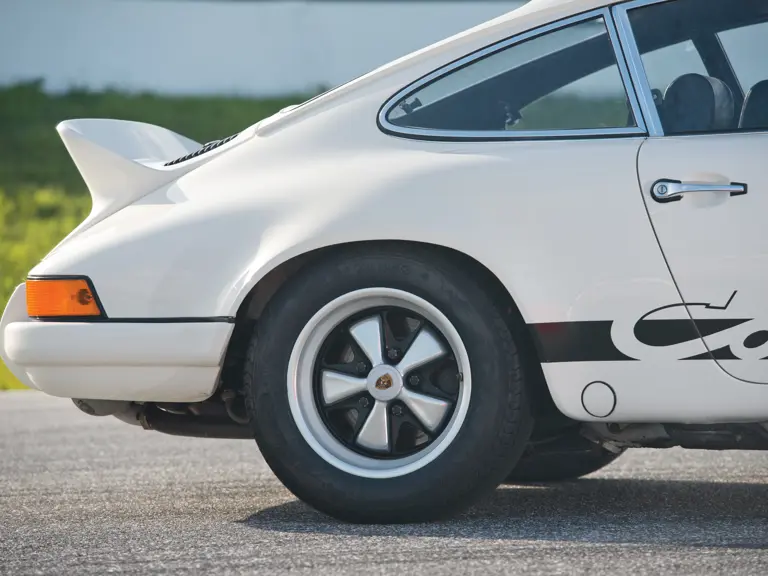
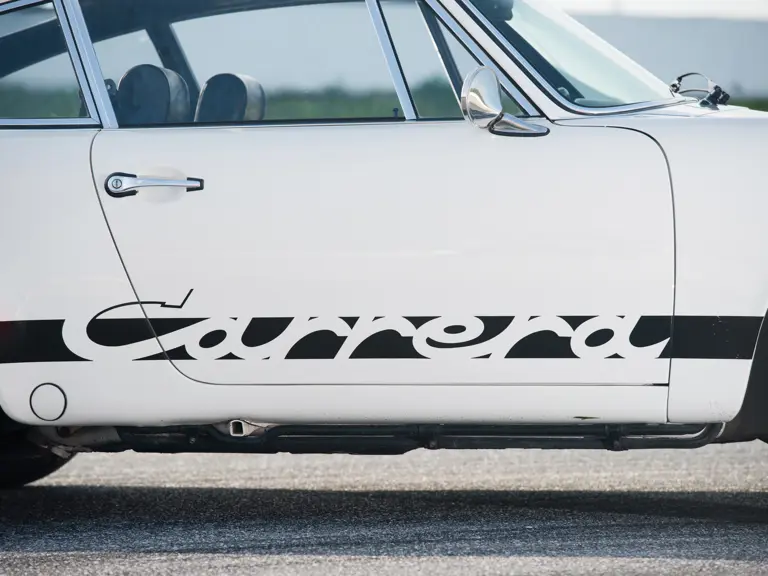


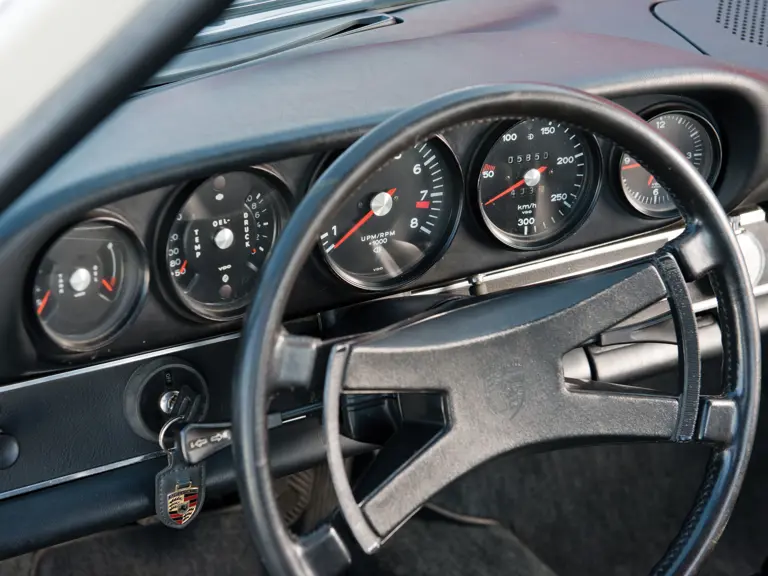
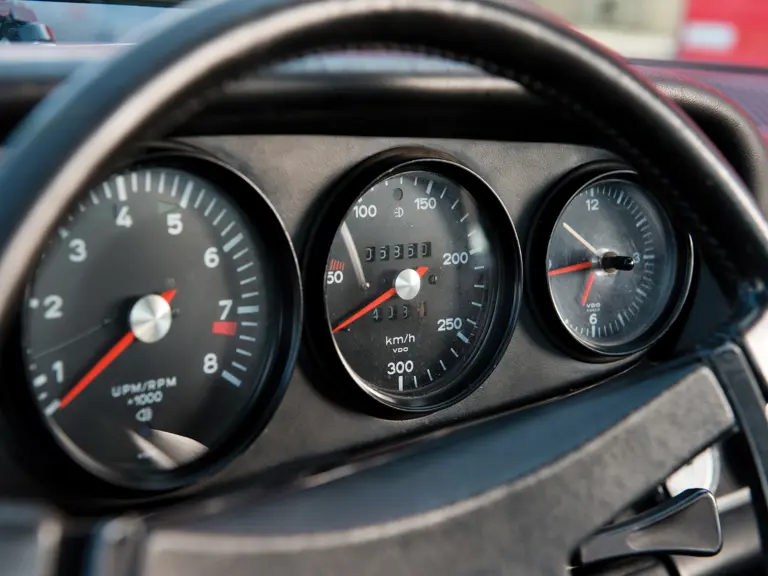
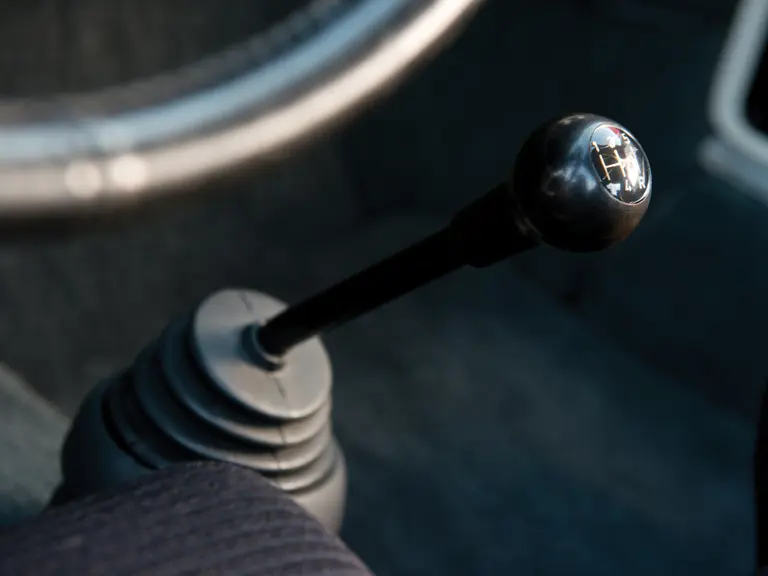
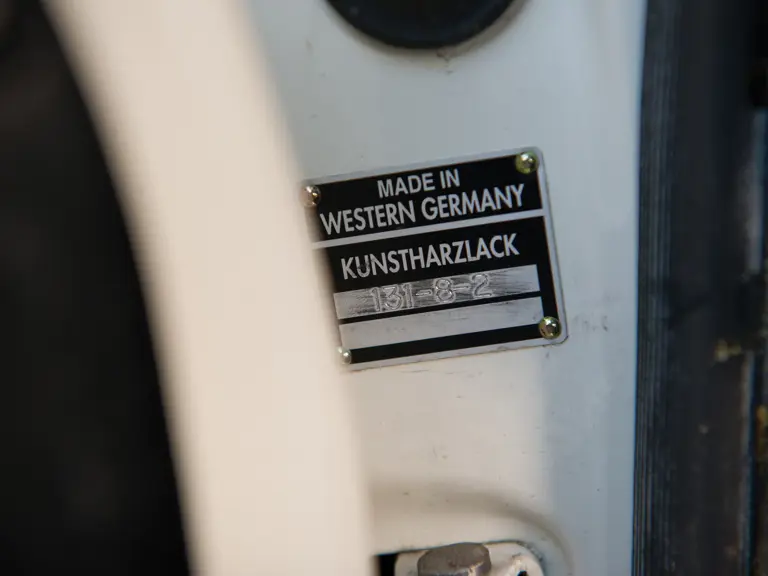

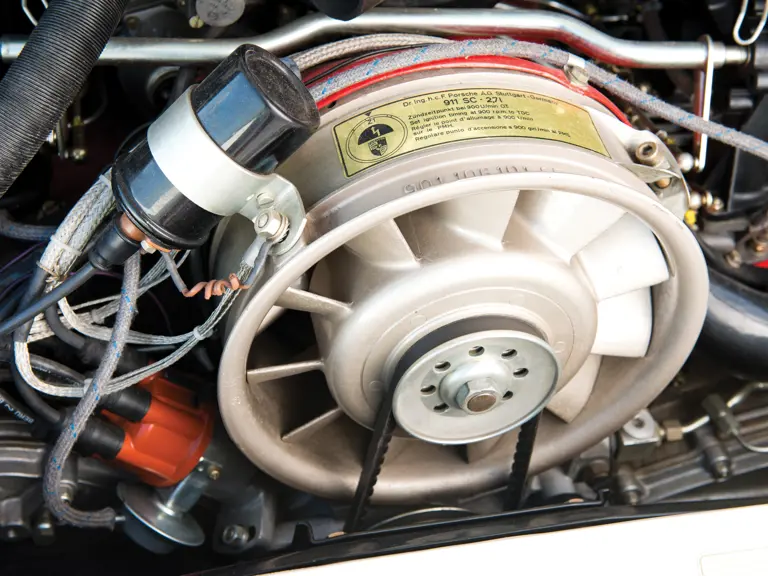
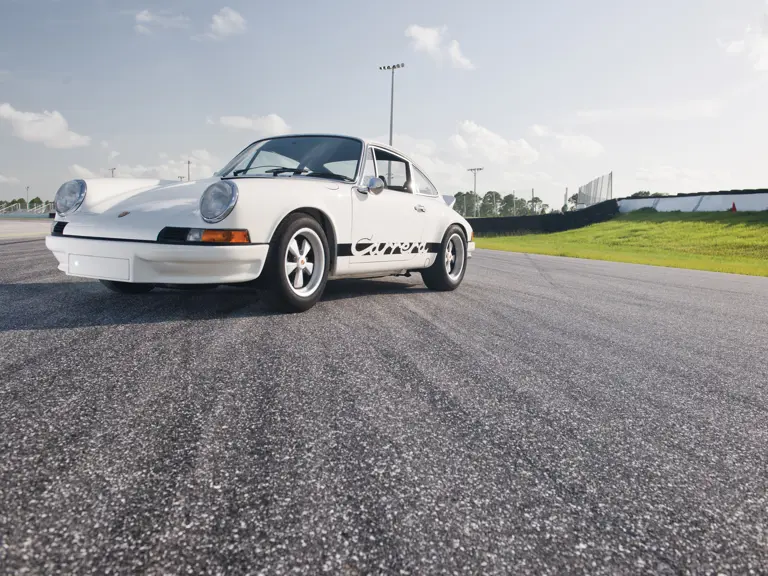

 | Monterey, California
| Monterey, California
